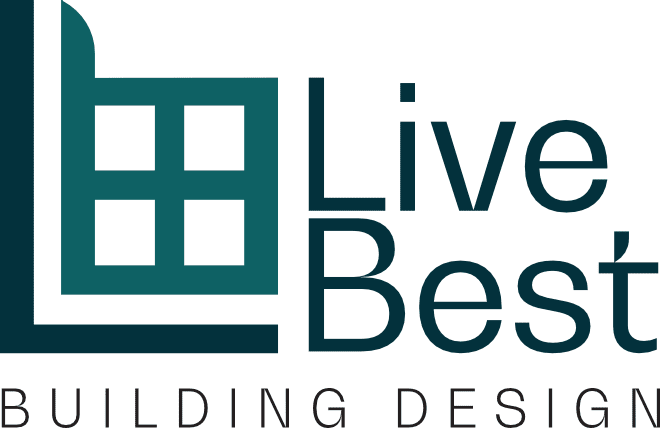
Understanding QLD’s New Construction Code Changes and Implications for Building Designs
We would like to shed light on the recent changes to the National Construction Code (NCC) and their profound impact on building designs and plans for homeowners in Brisbane and beyond. These amendments have already taken effect (from October 1, 2023), are we believe are reshaping how we and homeowners think about designing and creating liveable spaces through QLD.
A New Era of Accessible Design
Inclusive Living Spaces: The code changes bring a much-needed focus on accessibility and disabled access. Future Brisbane based homes will need to incorporate features like step-free entries, wider doors and corridors, and accessible toilets on ground or entry levels. For building designers, we will need to shift towards creating more thoughtful floor plans that prioritise ease of movement and accessibility for all people. This approach not only benefits individuals with mobility challenges but also supports Queenslands aging population, ensuring new and renovated homes can adapt to changing needs over time.
Energy Efficiency at the Forefront
Sustainable and Cost-Efficient Homes: This is a big one, as energy efficiency takes center stage with the requirement for homes to meet a higher energy star rating of seven out of ten. This change is already influencing building designs substantially, as there is a greater requiremenr to include better insulation, efficient airflow systems, solar panel installations, and climate-appropriate window glazing. The aim is to reduce the carbon footprint of new homes while offering long-term savings on energy costs. As designers, we’re looking at innovative ways to integrate these elements seamlessly into our house plans, ensuring that aesthetics and functionality go hand in hand. There become a greater emphasies on being able to incoporate these changes into a homeowner and builders construction budgets, whichmay take some time to get used to regarding quoting.
Financial Implications and Long-Term Benefits
Balancing Costs with Sustainability: While there is an upfront cost increase estimated at 1 to 2 percent for new builds, these changes are an investment in sustainability and long-term savings. Over a lengthy duration, homeowners can expect to see a decrease in their energy bills, with potential annual savings as highlighted by Queensland’s Minister for Energy. As building designers, it’s our role to guide homeowners through these changes, helping them understand the long-term financial and environmental benefits of these code amendments and ensure all relevant parties can understand the savings over a 5 or 10 + year period.
Preparing for Transition
Industry Readiness and Homeowner Education: The transition to these new standards requires a collective effort. There is a need for industry readiness, especially among small building firms, certifiers, designers, council and contractors facing current challenges , for example labor shortages and material cost increases. As part of our responsibility, we need to work closely with builders, material suppliers, and regulatory bodies to ensure a smooth transition.
The new NCC changes are more than just regulatory updates; they represent a significant shift in how we design and build homes in Queensland. These changes embody our commitment to creating spaces that are not only aesthetically pleasing but also sustainable, energy-efficient, and accessible to all. As we navigate these changes, it is crucial for homeowners and industry professionals to collaborate closely, ensuring that the homes we build today are ready for the challenges of tomorrow.
Building designers play a crucial role in guiding homeowners and builders through the new National Construction Code changes, offering expert advice and innovative design solutions that align with these updated standards. This collaborative approach not only ensures compliance and efficiency in new home constructions but also elevates the design industry by fostering a culture of sustainability, inclusivity, and forward-thinking design practices.


